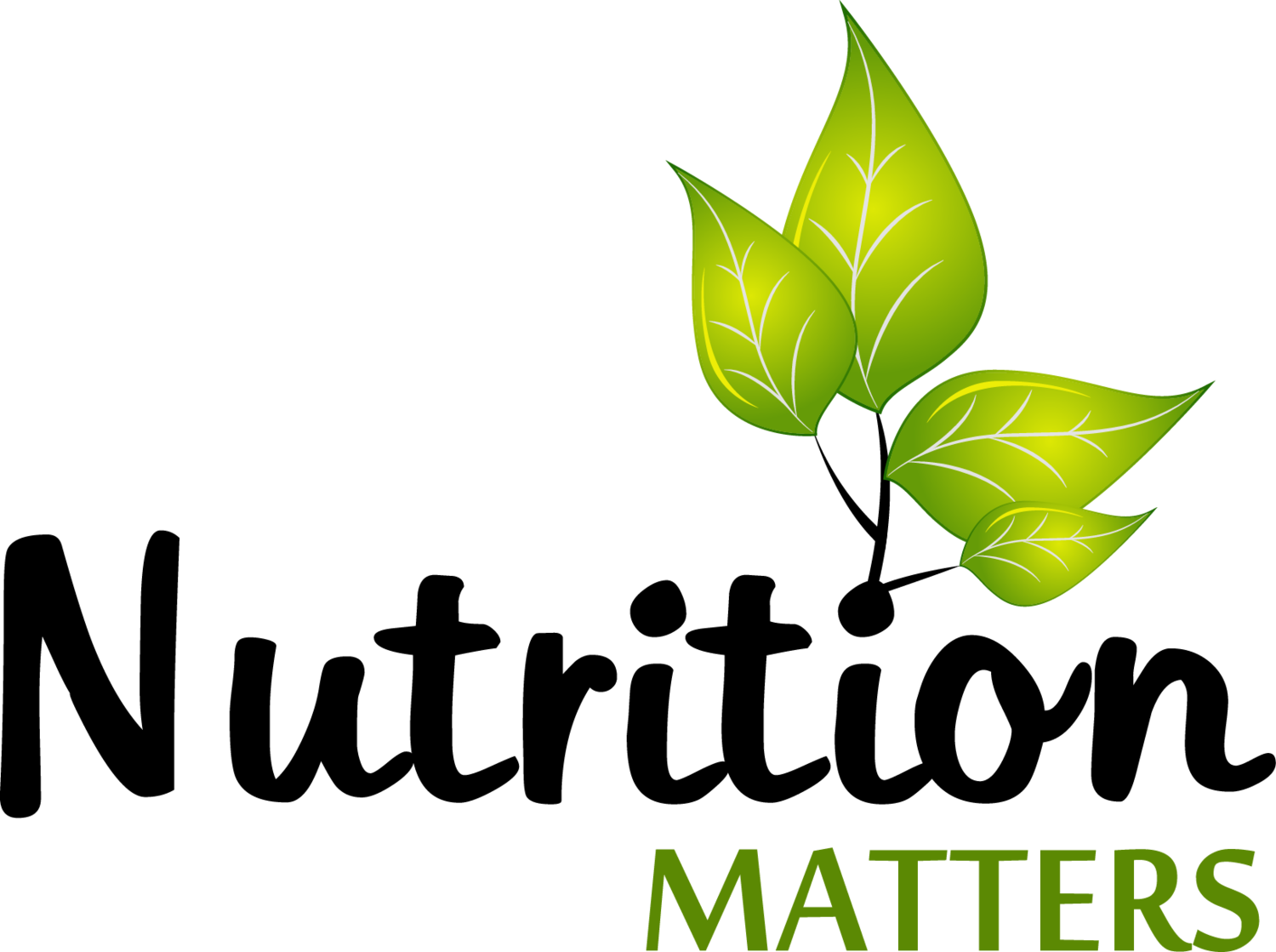My grandmother was diagnosed with esophageal cancer three years ago; she could barely swallow. The emotional stress of being diagnosed with cancer coupled with the physical stress caused by the invasive treatments of chemo, radiation and surgery left her further weakened and with little appetite- and still a very difficult time eating and drinking, let alone just swallowing.
My grandmother put all of her trust and good faith that the doctors would "cure" her. She truly believed that they knew best and that it was their job to get rid of the cancer. When she was first diagnosed, I wanted so badly to help her understand cancer through a more holistic approach; help her understand about the interplay between our environment (both internal and external) and its effects on our genes, about oncogenes and proto-oncogenes, nutritional deficiencies and especially about the immune system and how malfunctioning of the immune system is most likely one of the most important factors that lead to cancer.
I brought over books and DVD's to help inform my grandmother- but all this accomplished was drastically raising her blood pressure. Grandma was in her early 70's, she did not want to make drastic dietary and lifestyle changes. She was stressed out, and scared. It was then that I realized that my methods were not going to help my grandmother. I realized that all I could do was be there and love her.
It broke my heart, however, to see the way the hospital was feeding her- with sugary liquids containing little to no real nutrition. I comforted myself that when she came home, that would change- but the doctors sent her home with bottles and bottles of "Ensure" and recommendations for "Boost". I had my grandfather try to make smoothies, broth and soups (which he did), but she kept on drinking the Boost and Ensure despite our attempts.
This is the ingredient list and nutrition facts on Boost:
These are labels from Ensure products:
To give you something to compare this to, keep in mind that a 50g Coffee Crisp Candy Bar contains 32g of total carbohydrate. The Ensure 57g serving contains 34g of total carbohydrate and the Boost contains 41g of total carbohydrate! Aside from water, the main ingredients in this disgusting concoction are all just forms of sugar (from GMO corn to boot!).
Ensure is owned by Abbott Nutrition²- a giant food corporation trying to greenwash you into thinking their products are health foods. Abbott Nutrition is part of the Grocery Manufacturers Association and Abbott has given nearly a million dollars to fight GMO-labeling¹(not surprising given that most of their ingredients come from GMO crops).
Lets look closer at some of these nasty ingredients:
Corn Syrup Solids: This is made by dehydrating corn syrup. It's 100% glucose.
Corn Syrup: There are many studies linking corn syrup and corn syrup solids to diabetes and cancer (that's right, cancer, the very ailment my grandmother was trying to overcome). See this article.
Corn Maltodextrin: Read "sugar" with a high glycemic index. Read here for more information about maltodextrin and it's hazards to health.
Corn Oil: Ignoring for a moment all arguements for or against GMO's, I want to highlite that corn oil is primarily made up of polyunsaturated fatty acids most of which are called "omega 6" or Linoleic Acid. Your body will convert this acid into GLA which will in turn convert to smaller amounts of arachidonic acid as well as prostaglandins (eicosanoids). An important enzyme, D6D (delta-6 desaturase ) is required to produce eicosanoids and if D6D is impaired, then the body is not able to use the Omega-6 it’s getting to produce the required prostaglandins. For the majority of people, this isn't a major problem- but diabetics and people with thyroid conditions commonly have difficultly making adequate amounts. Overeating, undereating, nutritional deficiencies, overconsumption of alochol and sugar can also all affect D6D production. In North America, most people already consume far too many omega 6's in relationship to omega 3's (largely because of vegetable oils in processed foods). Basically the corn oil in this formula is a highly processed oil that should be replaced with healthier alternatives.
http://www.livestrong.com/article/302830-health-risks-of-corn-oil/
https://www.westonaprice.org/health-topics/know-your-fats/gamma-linolenic-acid/
Cupric Sulphate: A fungicide that is toxic and can cause gastrointestinal issues, anemia, and even death at high doses. It is also genotoxic, meaning it can cause the cells to mutate due to genetic damage. ³
Natural & Artificial Flavors: Can include dozens of different chemicals derrived from inorganic or organic materials that can all negatively impact our health.
Chromium Chloride: Toxic. See here.
Sodium Selenate: Some question this byproduct of copper metal refineries and believe it to be toxic. Read here.
Synthetic forms of vitamins and poor quality minerals: Synthetic forms of vitamins do not work as well in our bodies. Period. They are harder to absorb, harder to eliminate and can actually contribute to other nutritional imbalances. All of the vitamins and minerals in Boost and Ensure are synthetically produced or derived and of the cheapest quality.
In conclusion, Boost & Ensure are not healthful products for anyone- let alone sick or dying people. Their cheap ingredients bring them millions of dollars in sales (Ensure brought in 1 billion in sales in 2009 and has been steadily growing⁴) but won't bring you the results they advertise on their packaging. You would be better off to throw some fruit, milk, maybe a greens powder supplement, or some herbal infusion into a blender and drink that. Broth has historically been consumed as a healing food for the sick- and with good reason. Properly prepared bone broths contain large amounts of gelatin and easily absorb-able minerals as well as other nutrients from the marrow. Ditch the inadequate sugary substitutes, break out your blender and eat some soup!







